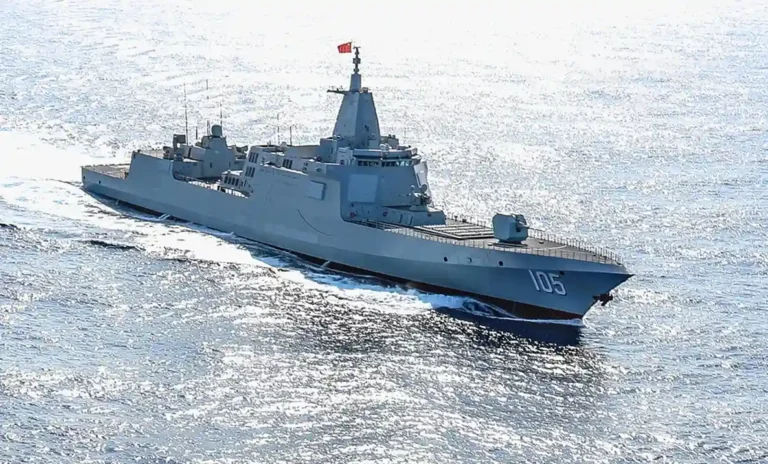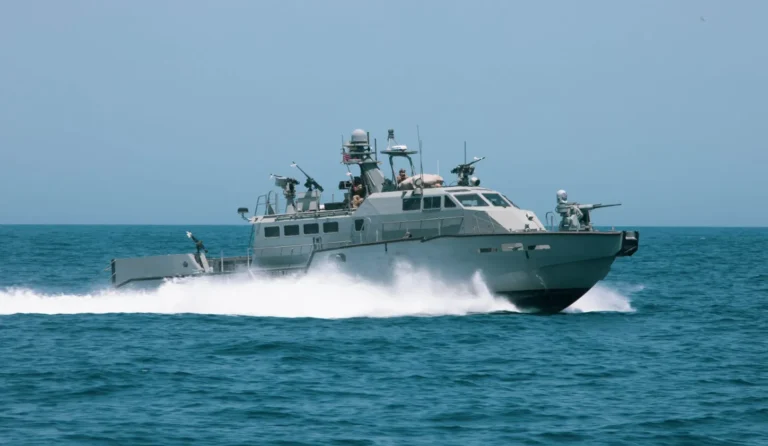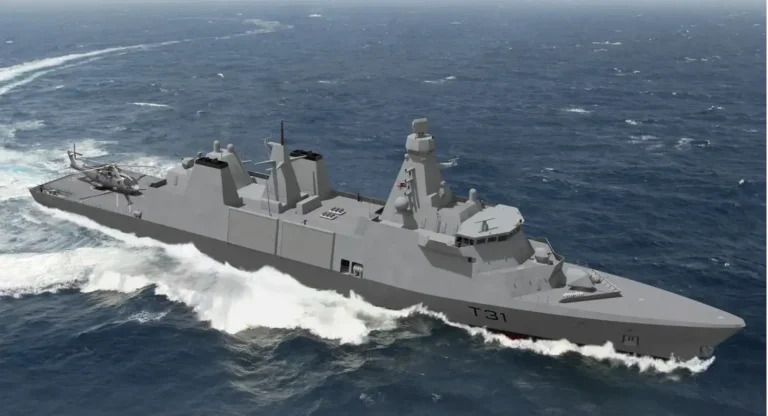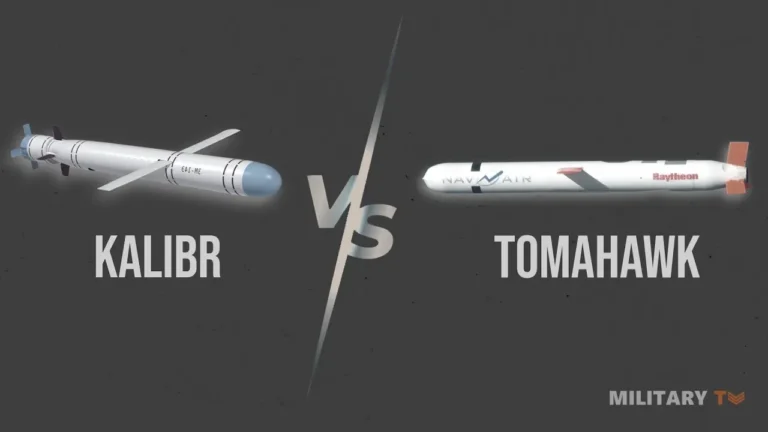Follow Us:
Defense Feeds – Can you imagine being inside a metal tube while doing an operation under a piled of floating ice and suddenly hitting that frozen water and feeling a little jolt and noticing the crack of the ice running down the centre of the boat?
Indeed, this might illustrate the condition of the submarines when performing their combat skill in a uniquely hazardous environment considered as the coldest part of the world. Such of these scenes possibly lead us to the questions under what missions does the submarine appear to the Artic and how could it be possible the sub punches through the solid ice?
In today’s session we will see at the emergence of submarine exploration in the Artic and definitely exploring thought-provoking questions which are available only at this channel, so stay tuned and don’t move anywhere!
The Arctic is likely to be a convenient hiding spot, since sea ice provides submarines with cover making them almost impossible to detect from the air. However, that same sea ice makes communicating or launching missiles impossible, which means sometimes subs must crack through the ice with several thousand tons of steel.
Anyway, what is actually the purpose of submarine breaking through the ice? The submarines crack the Arctic ice for a variety of reasons. One of the most important mission is ICEX, known as “Ice Exercise”.
This refers to a three-week biennial exercise conducted above the Arctic Circle in cooperation with allied partners, military and government agencies.
This exercise offers the opportunity for the Navy to assess its operational preparedness in the Arctic and train with other services, partner nations, and allies to gain expertise in the region, preserve regional stability, and improve capabilities to operate in the Arctic.
In addition, such exercise involving other personnel from different nations including Canada, Norway, the UK, and Japan to name a few.
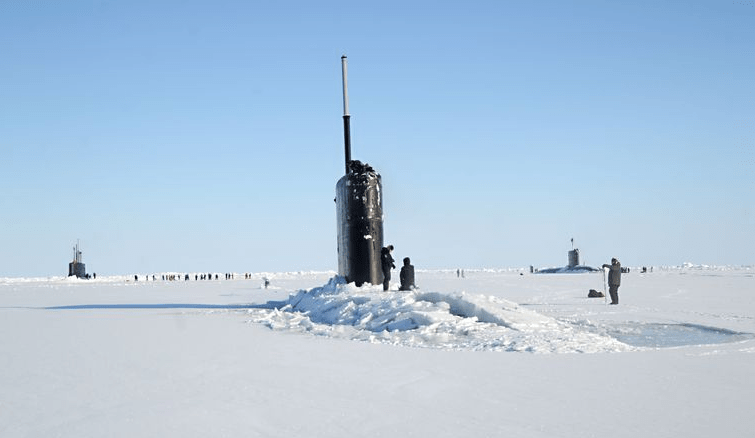
The United States Submarine Force has been operating in the Arctic for decades, and the Submarine Force is expected to play a significant role in the Arctic defence for the purpose of preserving US sovereign rights. According to Vice Adm.
Caudle, commander of Submarine Forces, “the exercises such as ICEX 2020 allow us to train and integrate the subsea domain into our Arctic defence, it also to demonstrate combat and tactical readiness for sustained Arctic operations in the unique and challenging Arctic environment.
Besides, the Submarine Force must maintain preparedness by exercising in Arctic conditions to ensure they can protect national security interests and maintain favourable balances of power in the Indo-Pacific and Europe if called upon.
Furthermore, the Seawolf-class fast-attack submarine USS Connecticut (SSN 22) from Bremerton, Washington, and the Los Angeles-class fast-attack submarine USS Toledo (SSN 769) from Groton are about to conduct multiple Arctic transits as well as other training evolutions during their time in the region.
This kind of ship, for instance, the Connecticut is equipped with sophisticated features such as a very capable sonar system which made it technically possible to explore the area including training to spot ice pinnacles and manoeuvring to avoid them.
Additionally, U.S. Navy submarines use systems including side scan sonar, conductivity, temperature and pressure detectors, and a Submarine Remote Video System to help them spot the best location for the ideal area to surface through ice. That last tool is the one that provides the final check before a submarine attempts a breakthrough.
As we know that breaking through thick Arctic cover is quite challenging. So, how could it be possible? what should be done by the submarine commander’s?

Defense Feeds
Defense Feeds is publication focusing on informing, engaging, and empowering the world by providing accurate information from defense technology.
Powered by Defense Feeds © 2024 – All rights reserved.

